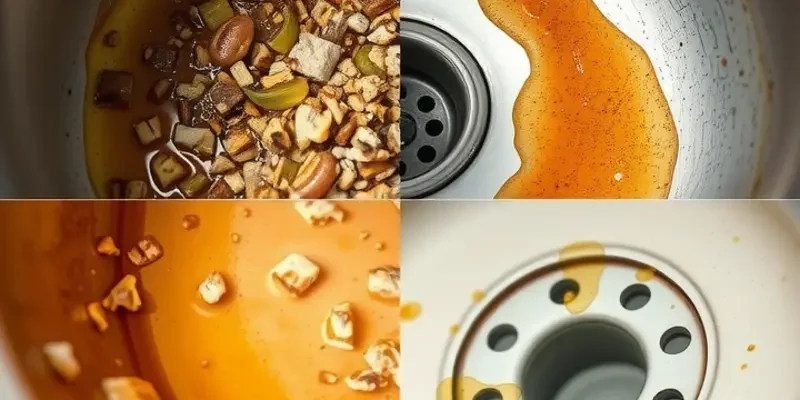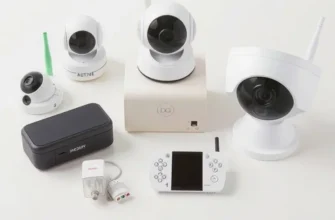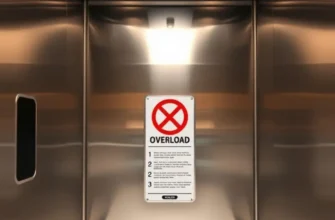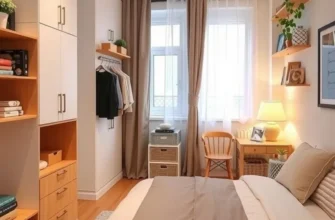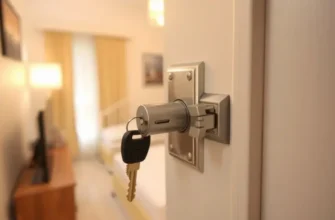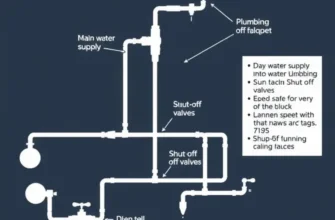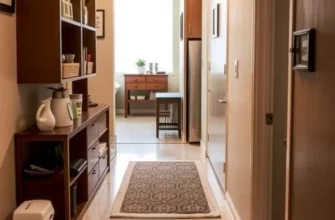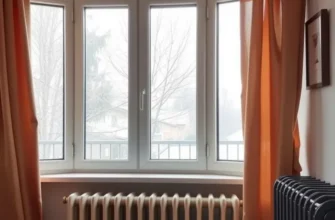Maintaining your apartment’s drains is often overlooked, yet it’s crucial for ensuring a safe and enjoyable living environment. Poorly functioning drains can lead to unpleasant odors, water damage, and even health risks from mold or pests. The good news is that you, as a renter, can take proactive steps to keep your plumbing in tip-top shape without stressful or costly fixes. By following simple maintenance routines and understanding the common issues that can arise, you can safeguard your space while enjoying peace of mind. This guide will walk you through practical, hassle-free drain maintenance strategies that prioritize your safety and that of your apartment. Whether you’re dealing with kitchen sinks, bathroom drains, or laundry setup, these tips equip you with the foundational knowledge to ensure that everything flows smoothly. Ready to become a savvy renter with expert drain maintenance know-how? Let’s dive in!
Understanding Common Drain Issues
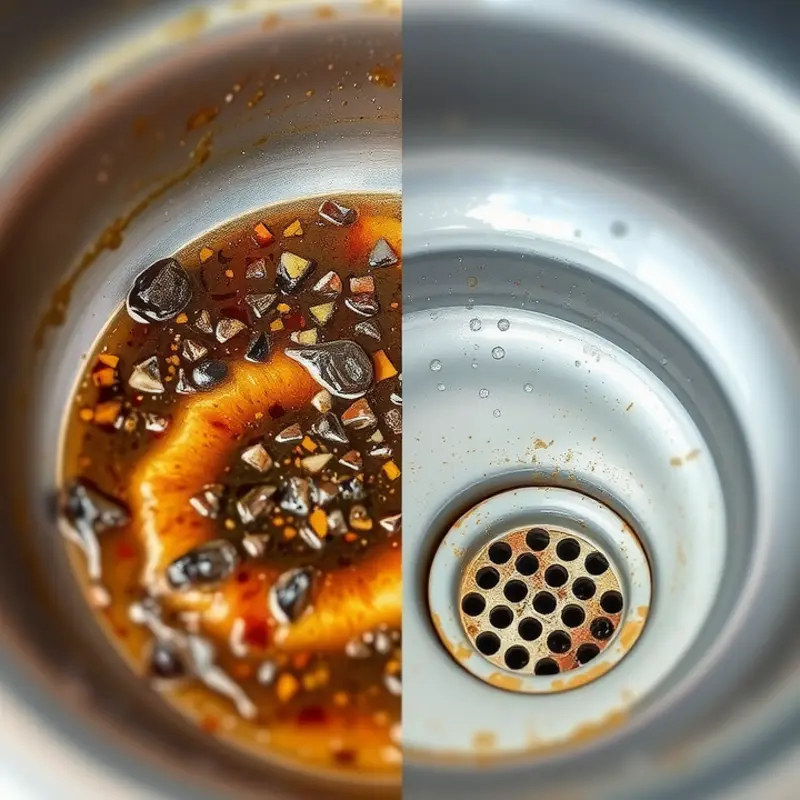
Identifying common drain issues in your apartment is crucial for maintaining a sanitary and functional living space. Clogs are among the most frequent problems, typically originating from the accumulation of hair, grease, soap, and other debris. Detecting a clog early can save you considerable hassle and prevent potential damage to your plumbing system. Look for signs such as water pooling around drains, slow water drainage, or gurgling sounds coming from pipes. If left untreated, these clogs can lead to more serious blockages that require professional intervention.
Slow drains are another prevalent issue, often resulting from partial blockages or a buildup of minerals and grime inside the pipes. Over time, even a small reduction in pipe diameter can significantly slow down water flow. One effective way to manage this is by using drain strainers to catch hair and other debris, especially in bathroom sinks and showers.
Moreover, unusual odors emanating from your drains can indicate trapped organic material decaying within the pipes. This is not only unpleasant but can also pose health risks if the cause is bacterial buildup or mold growth. Regularly flushing drains with hot water and a mild cleaning solution can help prevent odors from becoming a persistent problem.
In the kitchen, grease is a primary source of drain issues. Fats and oils solidify as they cool, sticking to pipe walls and forming a sticky trap for food particles and other debris. To mitigate this, avoid pouring greasy substances down the sink. Instead, collect them separately and dispose of them in the trash.
Bathroom drains, on the other hand, are often clogged by hair and soap scum. Consider installing a hair catcher over your shower drain to intercept loose strands before they can enter the pipe. This simple tool can dramatically reduce the frequency of clogs.
Prompt action in addressing these indications not only preserves the efficiency of your drains but also averts potentially costly repairs. For issues that extend beyond basic cleaning or clearing, consult relevant resources on apartment water pressure adjustment to ensure that your plumbing system is optimized for your building’s needs.
By understanding the typical drain problems in apartments and how to identify their early signs, renters can prioritize safety and ease in their homes. Implementing these strategies will go a long way in maintaining healthy drainage in both the kitchen and bathroom.
Simple Maintenance Tips for Renters
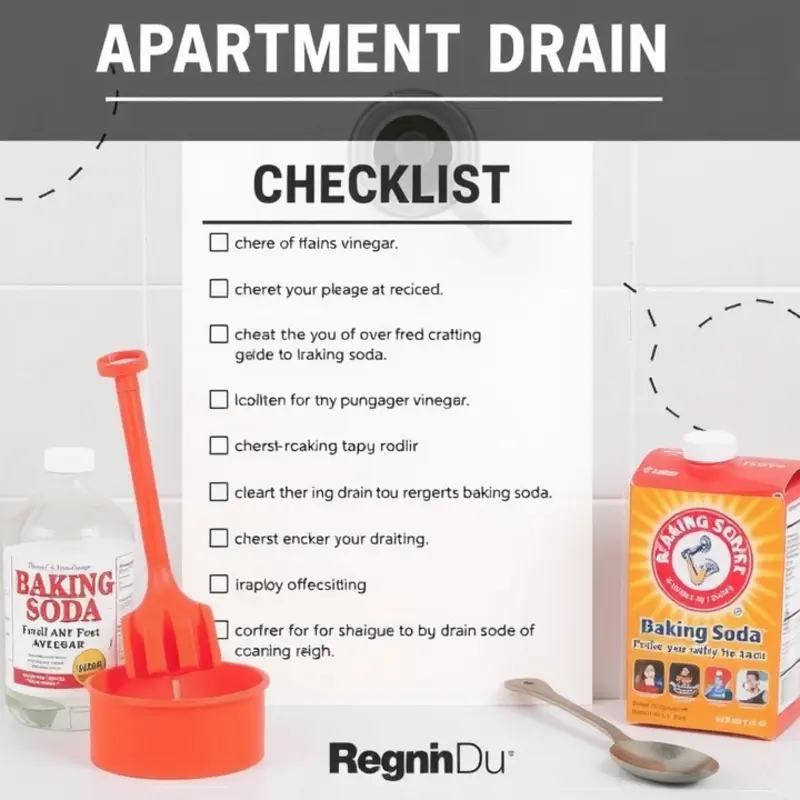
Maintaining apartment drains might seem daunting, but a few simple steps can keep them clear. First, consider safe cleaning solutions. Homemade drain cleaners can be effective. Mix equal parts baking soda and vinegar, and let it sit for 30 minutes before rinsing with hot water. This combination is potent yet gentle, avoiding corrosion caused by harsh chemicals.
Preventive measures are equally essential. One simple action is using drain covers. These catch hair, food particles, and other debris before they reach your pipes, reducing the risk of clogs. They’re easy to install and maintain, making them a renter-friendly option.
Additionally, be mindful of what goes down the drain. Avoid pouring grease or oil into kitchen sinks, as they solidify and cause blockages. Instead, collect oil in a container and dispose of it in the trash. Similarly, in the bathroom, use a drain snake to periodically clear hair and other debris.
Regular inspections help catch potential issues early. Look under sinks for leaks or drips, which could signal that a drain is loosening. A quick tightening of connections might be all you need to prevent more significant leaks. You don’t need professional help for this; a simple visual check could save you hassle later.
Here’s a quick checklist for maintaining apartment drains:
- Use drain covers to prevent debris from entering.
- Clean drains monthly with a baking soda and vinegar solution.
- Avoid pouring oil or grease down the kitchen sink.
- Regularly inspect under sinks for leaks or loose connections.
- Clear hair from bathroom drains with a drain snake.
By following these strategies, you can minimize clogs and maintain your apartment safely and effectively.
For more about maintaining a safe and efficient apartment, check out adjusting your apartment’s water pressure.
Final words
A well-maintained drain is essential for a safe and enjoyable apartment living experience. Being proactive can save you from costly repairs and create a healthier home environment. Regularly check for signs of trouble, utilize effective maintenance methods, and keep your living space free from unpleasant surprises. Encourage open communication with your landlord should significant plumbing issues arise, ensuring all drains serve their purpose effectively. Embrace these maintenance practices for peace of mind and protect your investment in your home.

